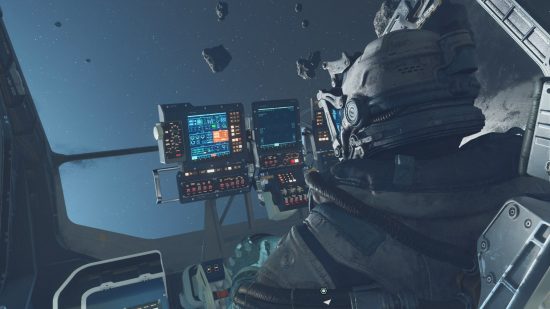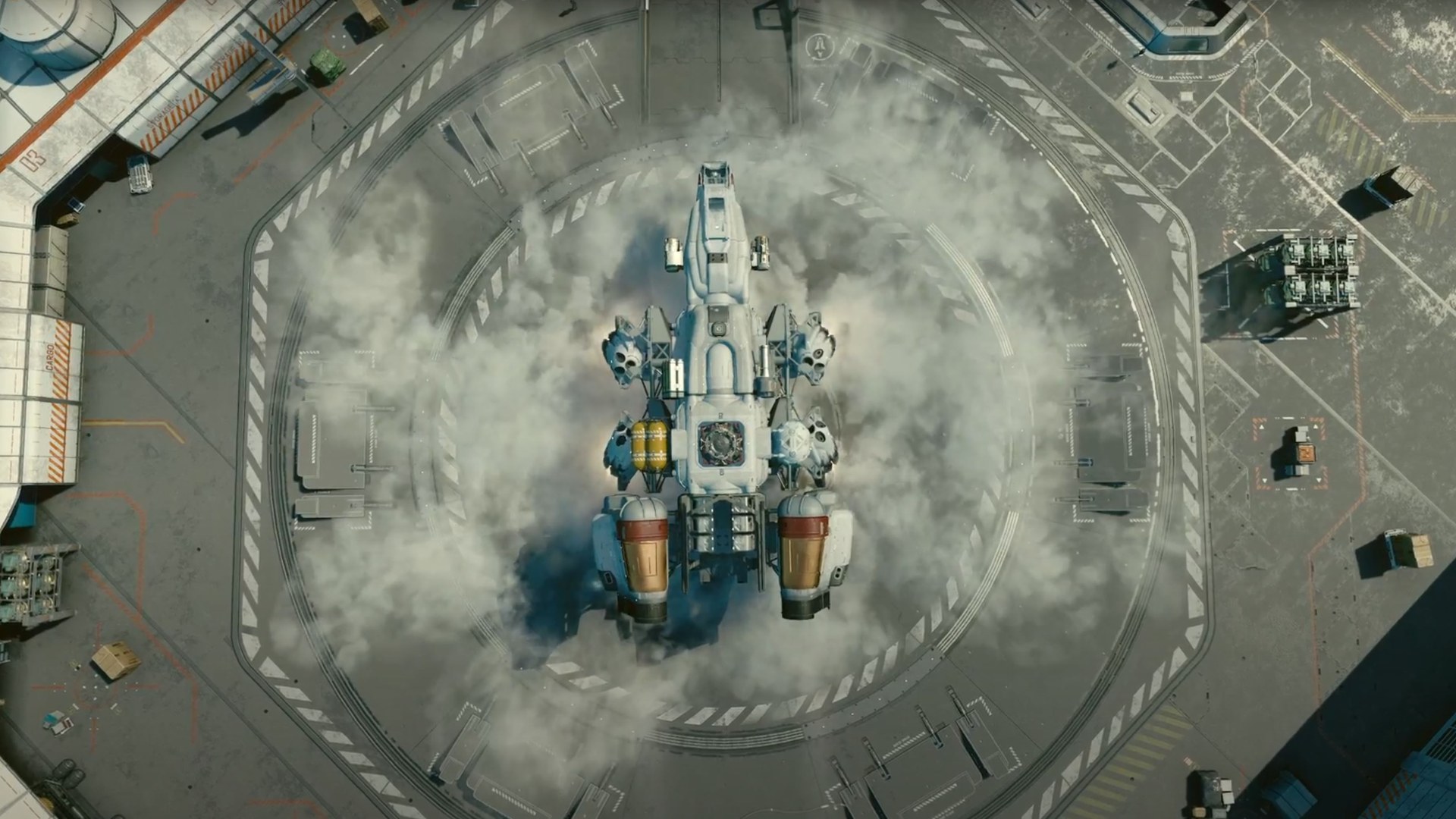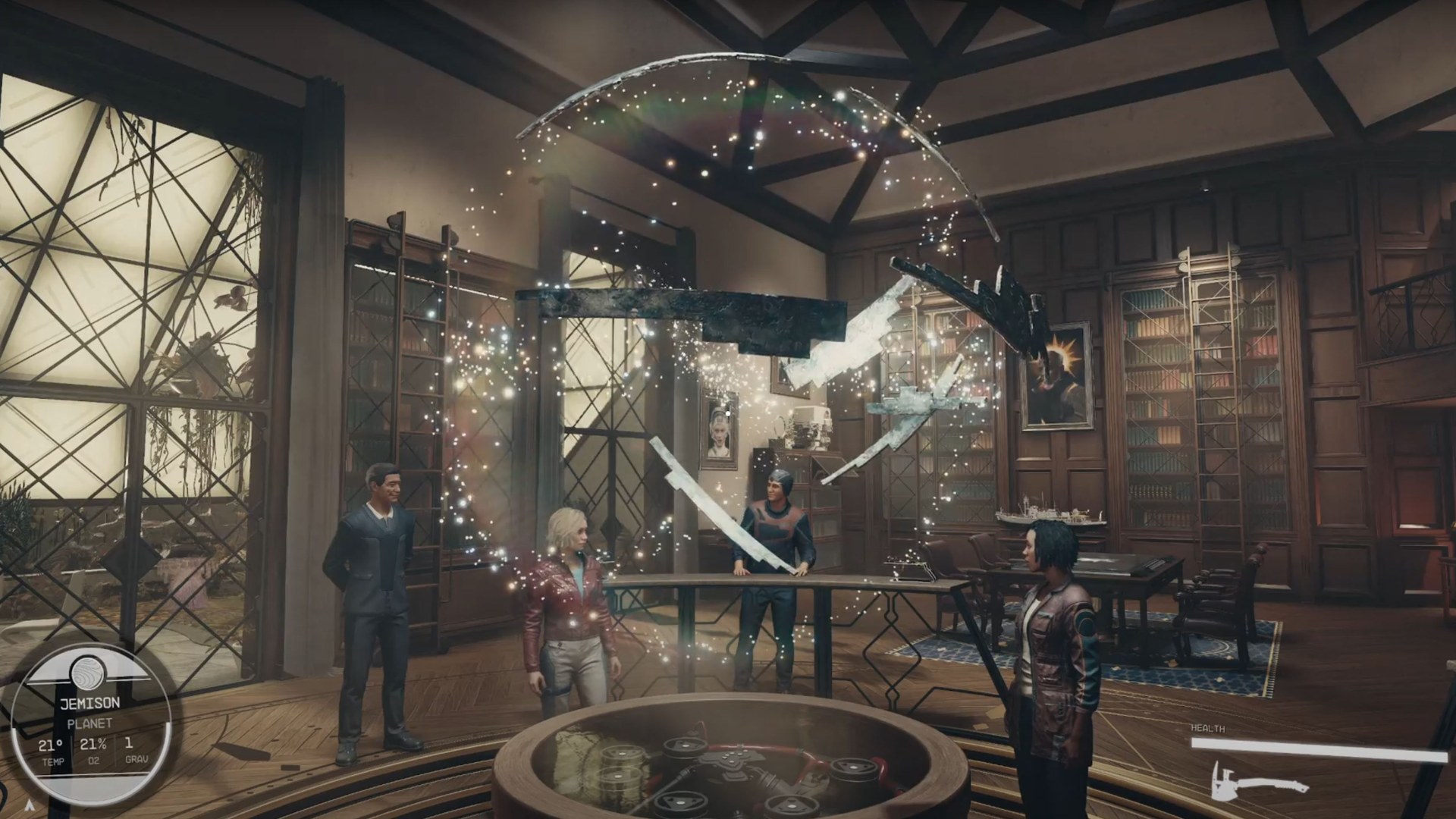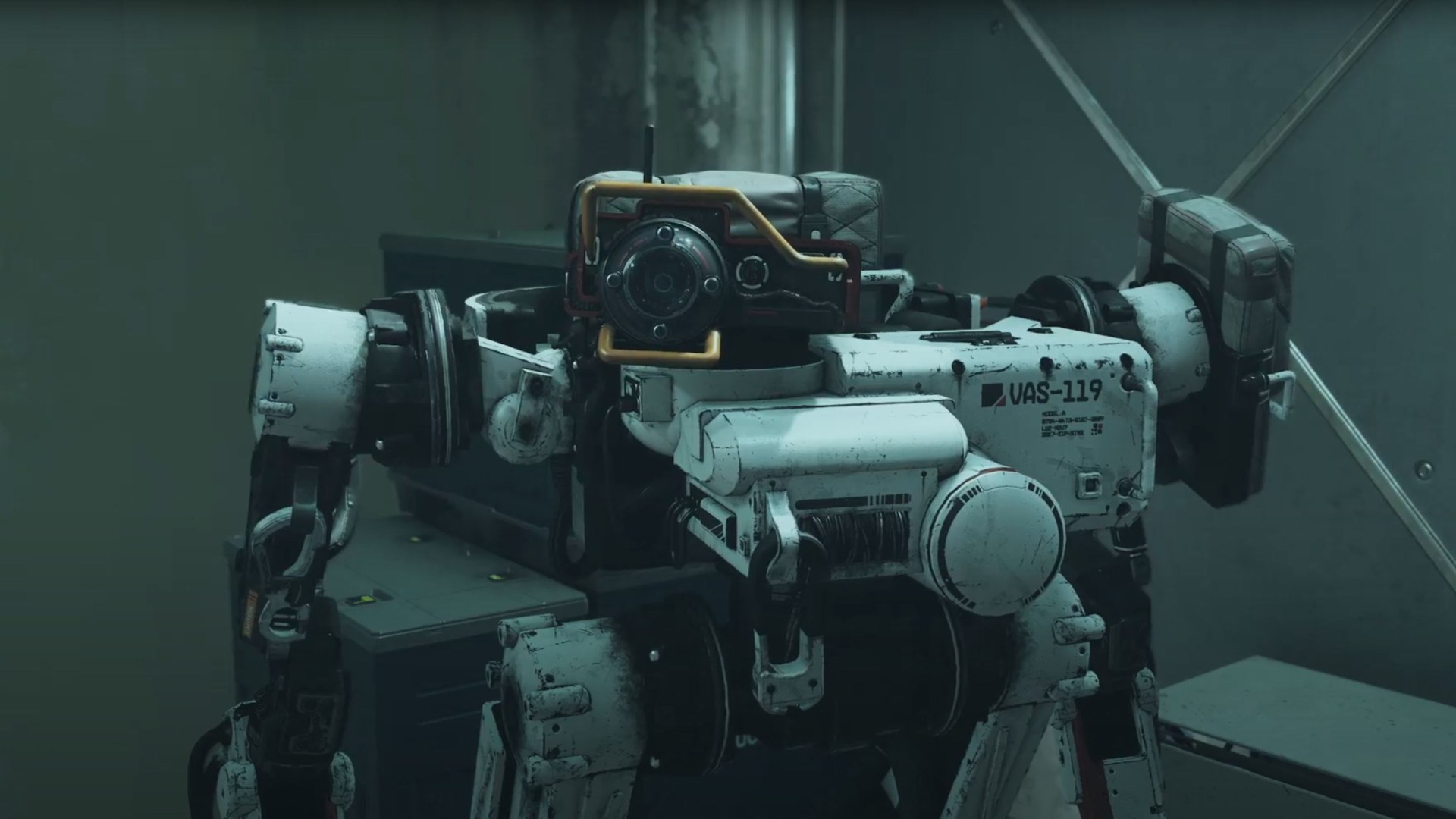To say that anticipation was high for Starfield’s launch would be a planet-sized understatement. Starfield is Bethesda Game Studios’ first new intellectual property in over 25 years. It’s also the first new Bethesda-developed release to land since Microsoft’s acquisition of the studio, and as a new IP, it comes bearing a fresh aesthetic that’s distinct from what we’ve seen from the studio before.
While opinion on the game has run the gamut from ‘masterpiece’ to ‘disappointment,’ with our own Starfield review sitting somewhere in the middle, it remains a significant technical leap forward for the studio. More intriguing than this, however, is the game’s art style. While the likes of Skyrim and Fallout have never been known for their boundary-pushing tech, it’s clear both series have a well-defined and instantly recognizable aesthetic style.
The Elder Scrolls embraces a darker take on the Dungeons & Dragons school of fantasy, whereas Fallout is a vibrant pastiche of 1950s Americana in a post-apocalyptic playground. Starfield is no exception in this regard, bringing to the table a look all of its own, which the developer has dubbed ‘NASA-punk.’
Foundation
Starfield’s aesthetic sensibilities could be neatly described as ‘retro-futurism’ – a futuristic setting derived from the imaginations of earlier generations. But, interestingly, NASA-punk straddles the line between throwback sci-fi and modern technology.
Starfield rejects both the sleek, Star-Trek-inspired designs of Mass Effect and the grimy horror aesthetics of Dead Space. It sports a throwback look, inspired by the space race of the 1950s and 60s. The Starfield ships, vehicles, and tech have a tangible, grounded look that is at once believable and idealistic. Maybe it’s the inherent optimism we associate with that era of history, or the fact that Bethesda’s creations look achievable through modern science, but its charm is instantly felt.
That’s not to say that Bethesda’s galaxy is entirely original. We can trace the design team’s inspirations back to numerous films, from Alien’s delightfully low-tech Nostromo to Interstellar’s utilitarian space-faring apparatus. There are also shades of 2001: A Space Odyssey and Andrei Tarkovsky’s Solaris. The legacy of sci-fi cinema, from Kubrick to Nolan, is alive and well in Starfield, and indeed many of these works are directly referenced in story beats and Starfield quests.
We’ve seen these retro-futuristic aesthetics in games before as well, but rarely has it been attempted at such a scale. Starfield also owes a debt to No Man’s Sky, a game that looks like the cover of a paperback novella come to life. In its early days, Bungie’s loot-driven MMO Destiny even flirted with NASA-adjacent aesthetics before pivoting to a more space-fantasy vibe. Starfield, however, sets itself apart from these contemporaries, presenting an interactive universe that bridges the gap between imagination and realism.
Brave New World
This optimistic tone permeates the many Starfield planets. The grimy color palettes we’ve come to expect from mature triple-A titles are replaced by warm hues that lend a welcoming atmosphere to many of the settlements and locations. The game’s central library is an excellent example of this – a golden repository of knowledge that feels homely and welcoming. This coziness extends to character interactions as well, from your cheeky robot companion VASCO to random encounters with fellow spacefarers who might invite you onto their craft for dinner.
Where Starfield truly shines is aboard its ships. Much has been made of Starfield’s gorgeous doors – and for good reason; watching airlock mechanisms slide free never gets old. Likewise, tiny details on items such as coffee cups, vacuum-sealed meals, and cartons of beer (yes, space explorers drink beer out of cartons) do more for player immersion than miles of AI-generated forest or copy-pasted caves.
Starfield weapons have a suitably space-age feel, but we’re not talking lightsabers here. The assault rifles, shotguns, and SMGs look like something a space-faring military force could feasibly develop, and as other humans seem to be the primary antagonists, it makes sense that we’re still firing bullets made of lead and copper. Bethesda has become increasingly adept at orchestrating gunfights, and the addition of some snappy movement options helps elevate these combat encounters, making them a mechanical highlight.
Contact
As someone who has never been a fan of Bethesda’s style of RPG but has always been obsessed with space exploration, Starfield is surprising in both positive and negative ways. For once, a game is depicting interstellar travel not as an inherently horrifying prospect, or simply a new setting for warfare, but as a joyful frontier holding untold possibilities for humankind.
On the other hand, the archaic game design, which some may see as fittingly retro, makes it difficult for Bethesda newbies to appreciate the visuals, which veer wildly from breathtaking to utterly lifeless. The listless wandering from objective to objective saps the momentum gained by arriving on a new planet, with sparse flora and fauna providing meager distractions. The idyllic freedom of space travel is nerfed by being reduced to fast travel, absent even an animation representing the entering of the atmosphere.
When it comes to worldbuilding, however, Starfield feels like a positive pivot to an ethos that celebrates the ingenuity and resourcefulness of the human race through collaboration. That’s not to say that themes of hope and togetherness aren’t present in Bethesda’s previous output. Even in Fallout’s dystopian future, human stories still shine through, especially in side quests, but in Starfield, that optimism is the quiet heartbeat of the galaxy.
What pulled me through Starfield’s more lackluster stretches is this ever-present spirit – how it presents space as something to be curious about, not feared. I may have invoked Star Trek earlier in this piece, and while Starfield bears few visual similarities to the adventures of Kirk and Spock, it does embrace its optimistic vision of exploration beyond the stars.
Still looking for more? While a good Starfield wiki can be a handy source of information, our new Starfield Database goes further, offering you daily news, searchable databanks, and even interactive tools.



